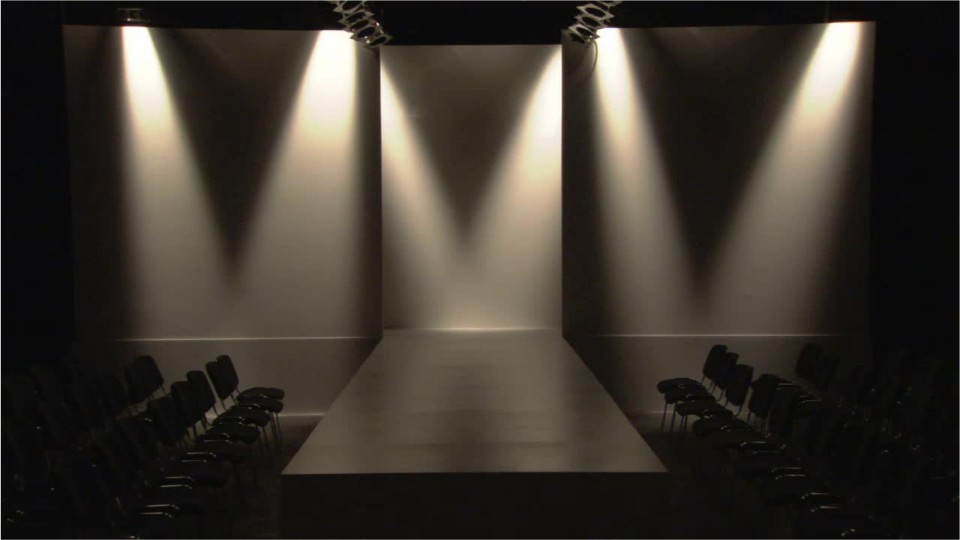Set & Exhibit Designers
Display Coordinator, Exhibit Designer, Scenic Designer, Set Designer
What they do:
Design special exhibits and sets for film, video, television, and theater productions. May study scripts, confer with directors, and conduct research to determine appropriate architectural styles.
On the job, you would:
- Develop set designs, based on evaluation of scripts, budgets, research information, and available locations.
- Prepare rough drafts and scale working drawings of sets, including floor plans, scenery, and properties to be constructed.
- Prepare preliminary renderings of proposed exhibits, including detailed construction, layout, and material specifications, and diagrams relating to aspects such as special effects or lighting.
Knowledge
Arts and Humanities
- music, dance, visual arts, drama, or sculpture
- history and archeology
Engineering and Technology
- design
- computers and electronics
Communications
- multimedia
Manufactured or Agricultural Goods
- manufacture and distribution of products
Skills
Basic Skills
- listening to others, not interrupting, and asking good questions
- reading work related information
Problem Solving
- noticing a problem and figuring out the best way to solve it
People and Technology Systems
- thinking about the pros and cons of different options and picking the best one
- figuring out how a system should work and how changes in the future will affect it
Abilities
Verbal
- listen and understand what people say
- read and understand what is written
Ideas and Logic
- come up with lots of ideas
- create new and original ideas
Personality
People interested in this work like activities that include creating, designing, and making your own rules.
They do well at jobs that need:
- Innovation
- Adaptability
- Attention to Detail
- Achievement Orientation
- Dependability
- Initiative
Technology
You might use software like this on the job:
Computer aided design CAD software
- Autodesk Revit
- Trimble SketchUp Pro
Presentation software
- Microsoft PowerPoint
Graphics or photo imaging software
- Adobe Creative Cloud software
- Adobe Illustrator
Education
Education: (rated 5 of 5)
bachelor's degree or
master's degree
usually needed
master's degree
usually needed
Job Outlook
Below Average
New job opportunities are less likely in the future.
Explore More
- Art Directors
- Commercial & Industrial Designers
- Craft Artists
- Fine Artists, Including Painters, Sculptors, & Illustrators
- Graphic Designers
You might like a career in one of these industries:
See more details at O*NET OnLine about Set & Exhibit Designers.






